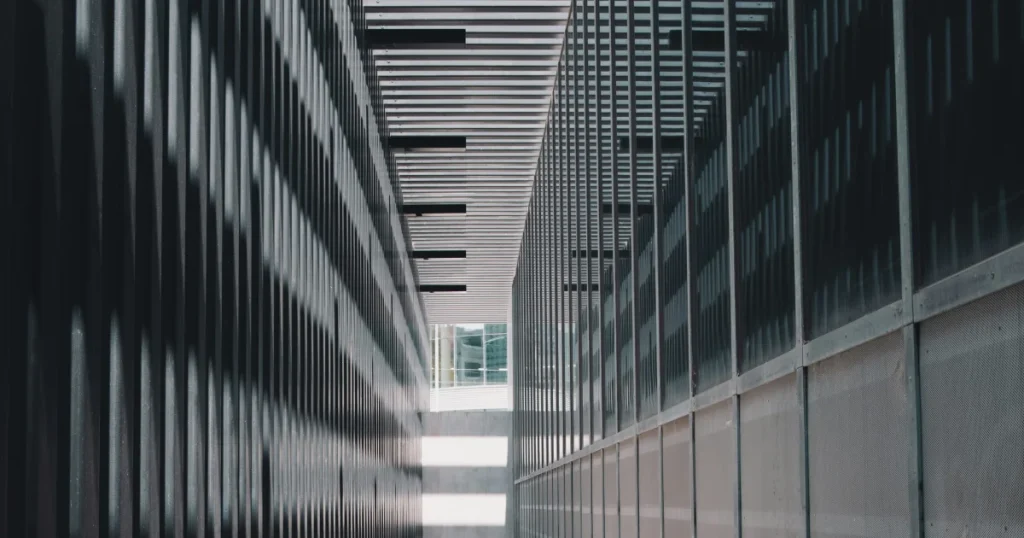Picture this: a sleek, modern building stands on the skyline, its facade a masterpiece of form and function. This is no ordinary building, and it is a testament to the transformative power of aluminum grating solutions in architecture. To dig a little deeper, we’ll explore how this seemingly simple material has revolutionized the way we design and build our built environments. So, why aluminum grating? And how is it changing architecture?
The Rise of Aluminum Grating
Aluminum grating, a metal mesh made of aluminum alloy, has been around for a while, but its use in construction has increased dramatically in recent years. Why? Because it has several advantages: it’s versatile, durable, and strong. It is the material of choice for architects and engineers when they want to create the perfect building that is both beautiful and functional.

Versatility
From sidewalks and stairs to roofs and facades, aluminum grating panels are everywhere. Its adaptability is one of its most attractive features. This material can be customized to any design, size, and shape.
Durability factor
Aluminum grating panels are not only aesthetically pleasing, they are also extremely durable. It is corrosion-resistant, making it perfect for outdoor applications that may be exposed to the elements. It’s also lightweight, which means it’s easier to handle and install.
Strength and safety
Strength is another key characteristic of aluminum grating panels. Aluminum grating panels can withstand heavy loads, making them ideal for high-traffic areas or where safety is paramount.
Aesthetics
Now, let’s talk about aesthetics. Aluminum grating panels are not only practical but also visually appealing. Available in a variety of finishes, its sleek, modern look can add a touch of sophistication to any building.

Sustainability
In today’s eco-conscious world, sustainability is key. Aluminum grating scores high on the green scale. It is a 100% recyclable metal material, which means it has a lower impact on the environment than many other materials.
Cost-effective
Let’s not forget the cost. Aluminum grating is not only durable and sustainable, it’s also cost-effective. It is a material with an excellent return on investment.
Applications of it
But don’t just take my word for it. Let’s look at some real-life examples of how aluminum grating has transformed architecture. From the twisted facade of the Guggenheim Museum in Bilbao to the intricate sidewalks of New York’s High Line, aluminum grating is the star of the show.

The Future of Aluminum Grating
So where does aluminum grating go from here? The outlook is bright. As technology advances, so does the potential of aluminum grating. In the coming years, we can expect to see more innovative uses for this material.
Aluminum Grating from HY Industries
HY Industrial’s aluminum grating is widely used in various fields such as industry, commerce, civil, education, medical, transportation, and public facilities. The products are made of flat aluminum and square aluminum extruded according to certain spacing.
Compared with other products in the market, it has the features of no welding point, solid connection, lightweight, high strength, low energy consumption, strong corrosion resistance, and so on. Aluminum grille products can be divided into rectangular, serrated, I-bar, T-bar, dovetail, and press-lock type.
In addition to manufacturing products, HY also provides a full range of services such as design, material transportation, and installation for buildings that require the use of aluminum grating. We will help you complete this project from the beginning and are an indispensable building service provider.

Conclusion
In conclusion, aluminum grating is more than just a material; it’s a game changer in the world of architecture. It is the secret weapon that architects and engineers use to create structures that are both functional and aesthetically pleasing. So the next time you walk by a building with an aluminum grille, appreciate its ingenuity and innovation in design. It’s not just a building, it’s a work of art crafted with the transformative power of aluminum grilles.


